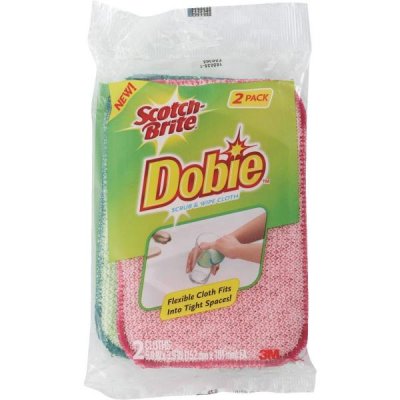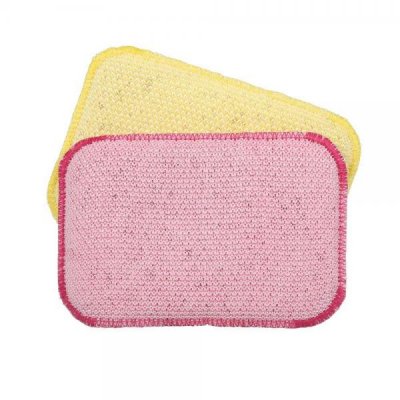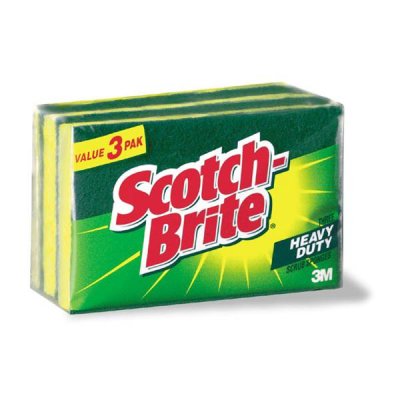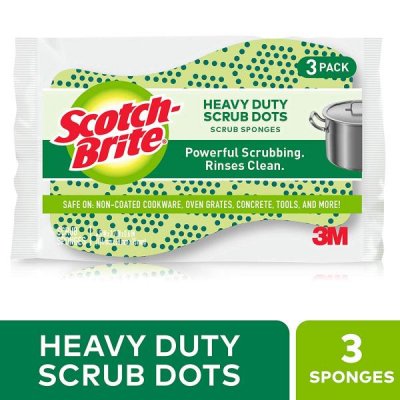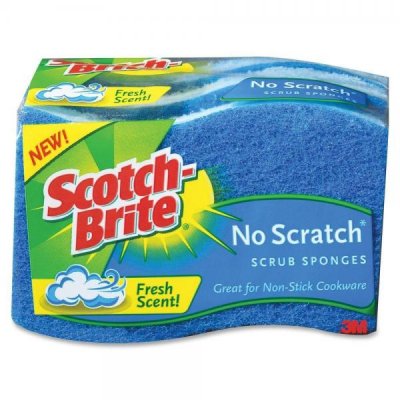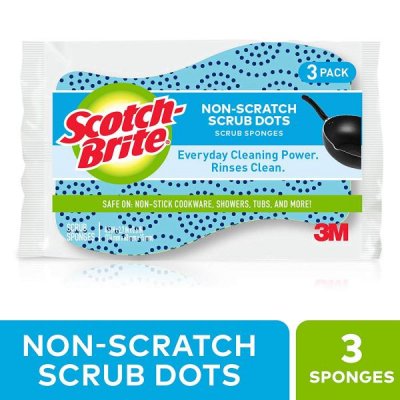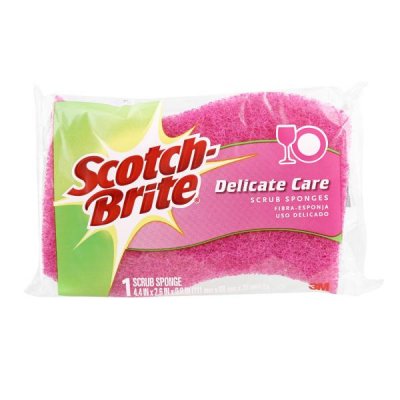I've been using sponge with detergent to clean dishes for many years but
I never understand why they usually come with two sides, one side is green and the softer side is yellow. I almost always don't use the yellow side, and use only the green side because it feels better when cleaning up things
What are the uses of the yellow side??
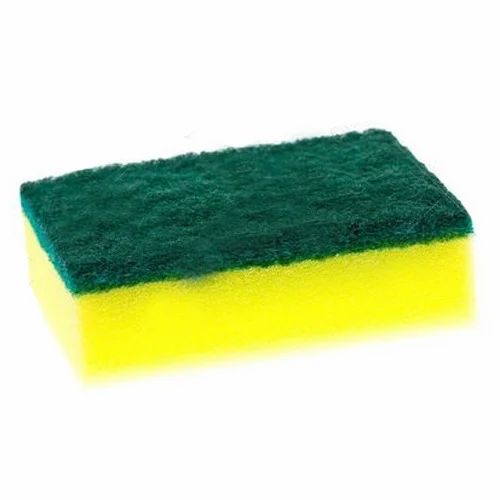
I never understand why they usually come with two sides, one side is green and the softer side is yellow. I almost always don't use the yellow side, and use only the green side because it feels better when cleaning up things
What are the uses of the yellow side??


